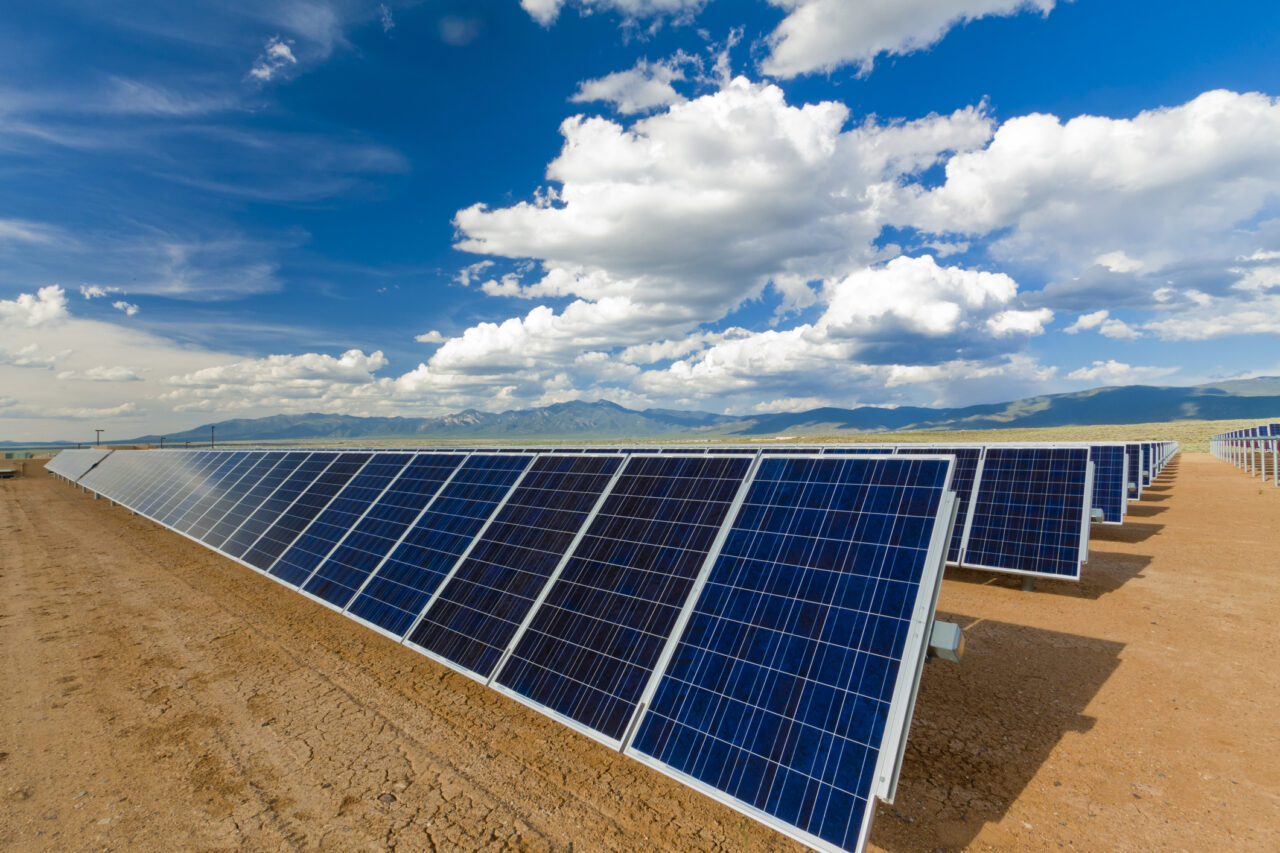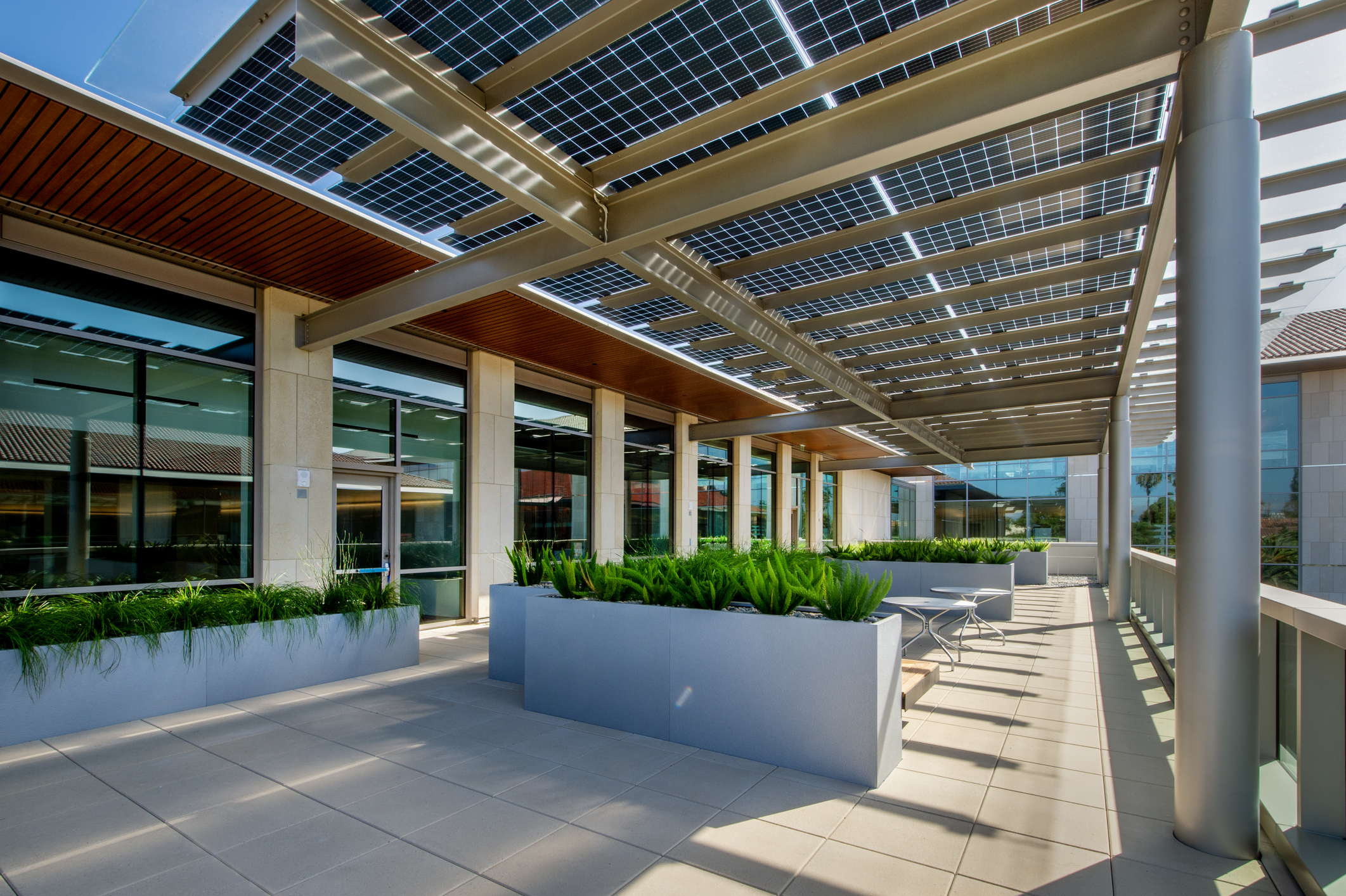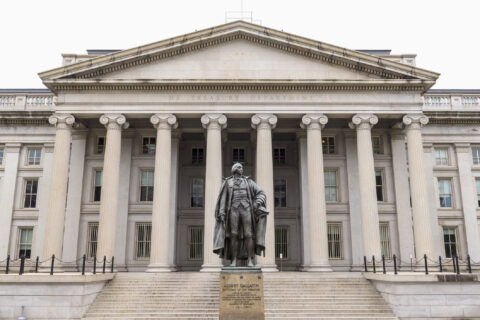Authored by Overland Park City Council Member and Program Manager of the State Support Center Melissa Cheatham and City Councilperson of Michigan City, Indiana Nancy Moldenhaue
Twenty-five American communities celebrated big wins last month. These lucky states, cities and regions were selected to receive portions of $4.3 billion to fund climate pollution reduction projects in their areas. However, for every community celebrating a win, more than nine others are wondering how — and if — they can make their projects happen. Ours is among them.
Good news. New financing tools created through the Inflation Reduction Act (IRA) continue to be available, providing innovative opportunities to deliver on big dreams for clean energy progress.
As council members in Overland Park, Kansas and Michigan City, Indiana, our communities were among those that applied for but were not selected for awards under the Climate Pollution Reduction Grants (CRPG) Implementation program, created by the IRA. The planning grant phase of the CPRG program provided funds to 47 states, 81 metropolitan areas and 94 tribes to undertake comprehensive regional climate action planning, in many cases for the first time. After completing initial priority plans, state and local leaders were eligible to submit project ideas for implementation funding. This opportunity was broad and flexible, allowing every community to identify its most immediate and most important needs and make the case for funding wherever it was needed. Nearly 300 applications were submitted, reportedly totaling more than $30 billion.
These applications didn’t just come from blue, coastal states that have already adopted commitments to cut pollution. Red states and cities within them brought forward their best ideas, too. For example,
- In the Kansas City region, we identified $200 million in priority projects including building energy efficiency upgrades and a buildout of the region’s electric vehicle charging network.
- In Indiana, we aspired to invest $190 million for multiple projects including distributed renewable energy, building efficiency and industrial electrification.
- Oklahoma wanted to join its neighbors in funding a clean transportation corridor along Interstate 40, which would include heavy-duty charging stations and mobile hydrogen fueling stations for long-haul freight.
- Idaho hoped to receive $100 million to invest in agriculture and soil, energy efficiency in public schools and more.
The promise of these ideas remains, and opportunities to achieve them do, too.

While the CPRG grants are now closed, the IRA and Bipartisan Infrastructure Law established long-term financing tools that remain available. These financing tools are designed to leverage private dollars and long-term financial savings from clean energy investments, delivering cost-effective benefits for state economies, public health and climate. These tools include:
- Long-term extensions of clean energy tax credits. For the first time, state and local governments, along with nonprofit organizations like churches and food banks, can file for tax credits, known as elective pay, and reap the benefits of investments like rooftop solar panels on their buildings and zero-emission vehicle fleets.
- The Greenhouse Gas Reduction Fund scales the green banking industry across nonprofit and community lenders to offer affordable loans to cut emissions and build clean energy projects, with a focus on underserved communities. Low-interest loans will help finance the cost of energy efficiency improvements in homes and the deployment of clean vehicle networks.
- The U.S. Department of Energy’s Loan Programs Office offers low-cost loans for large energy projects. A relatively small contribution of state dollars can leverage substantial private capital to launch huge capital projects that drive economic development and growth in states.
The CPRG program is already a huge success. By encouraging states, cities and regions to engage their communities and identify priority climate actions, we have collectively created a pipeline of projects and see the potential benefits. The tools are in place to make many of these projects happen. We must do all we can to maintain the strong momentum we have at the local, state and federal levels to deliver on the promise.
Melissa Cheatham is a Council Member in Overland Park, Kansas. She is also the Program Manager of the State Support Center. Nancy Moldenhauer is a City Council Member in Michigan City, Indiana, and Council Liaison to the Michigan City Sustainability Commission.









